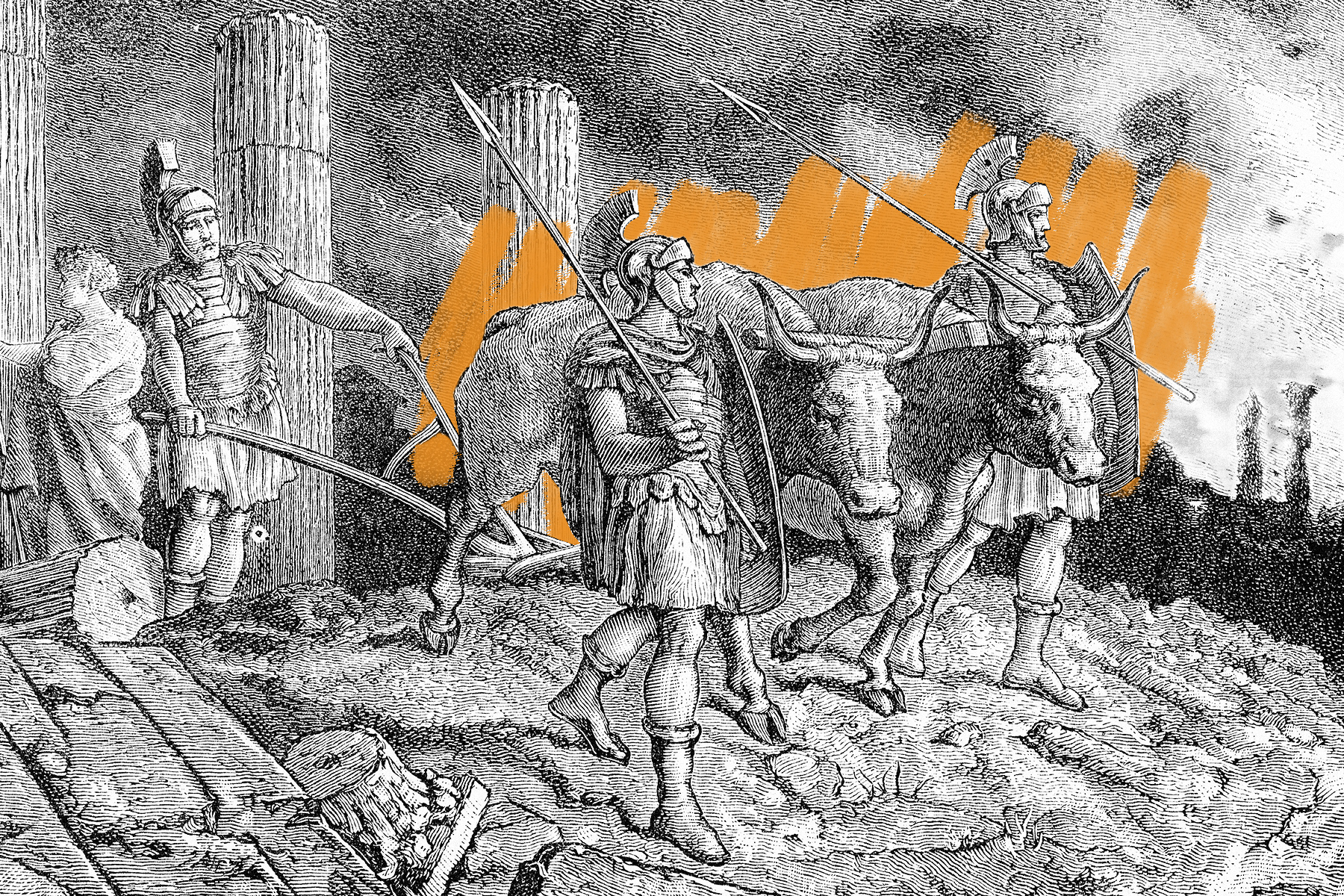The Third Punic War didn’t officially end until 1985 — 2,000 years after it started.
From 264 to 241 BCE and again from 218 to 201 BCE, the city-states of Rome and Carthage engaged in a pair of epic wars for control of the western Mediterranean region. Although Rome was victorious in both cases and emerged as the dominant power, Carthage’s continued prosperity remained problematic to hawkish members of the Roman Senate. As a result, the Third Punic War was launched in 149 BCE to settle this zero-sum conflict between the two rivals, leading to the siege and razing of Carthage by 146 BCE. Considering that the city was utterly destroyed, and its survivors were sold into slavery, it’s easy to see how the terms of a peace treaty failed to materialize between the conquerors and the conquered.
Two millennia later, that oversight represented a loose thread for representatives of Rome, the capital of the Republic of Italy, and Carthage, a suburb of the Tunisian capital of Tunis. So on February 5, 1985, two leaders, the mayor of Rome and the honorary mayor of Carthage (which was largely absorbed into Tunis except some ruins preserved as an archaeological site), met at the historic city to sign the type of peace agreement that had been neglected by their ancient predecessors. The treaty, which pledged the “exchange of knowledge and the establishment of common information, cultural and artistic programs,” was ostensibly part of a larger endeavor to strengthen ties between Italy and Tunisia, and was undoubtedly engineered to generate favorable publicity for the participants. Regardless of the motivation, this innocuous signing carried major historical ramifications, as it brought a formal conclusion to a war that had been frozen in time since the last of the fighting on the north African coast 2,131 years earlier.










